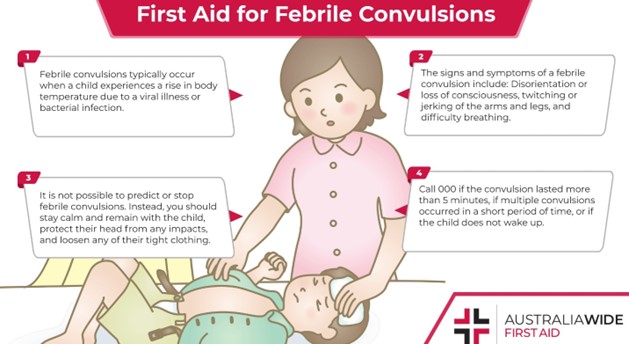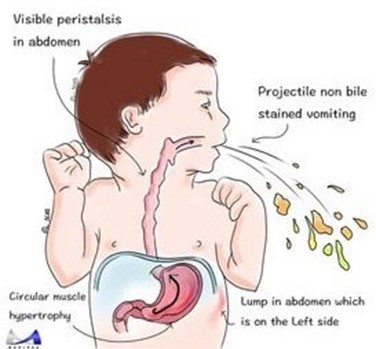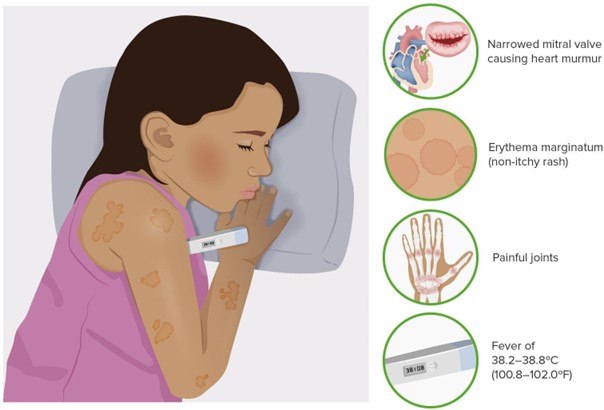The parents of a 14-month-old child who is hospitalized due to febrile seizures tell the nurse that they fear their child will have lifelong seizures. Which information should the nurse convey to these parents?
Ibuprofen should be used prophylactically to prevent febrile seizures.
Provide the child with a sponge bath for temperatures over 100.6°F (38.1°
Reassure the parents that febrile seizures decrease as the child grows older.
Avoid excessive visual stimuli because it can precipitate seizure activity.
The Correct Answer is C
The nurse should reassure the parents that febrile seizures typically decrease in frequency as the child grows older. Most children outgrow febrile seizures by the age of 5 years.
Ibuprofen is not typically used prophylactically to prevent febrile seizures.
Providing the child with a sponge bath for temperatures over 100.6°F (38.1° C) can help to lower the fever, but it will not necessarily prevent febrile seizures.
Avoiding excessive visual stimuli is not necessary for children with febrile seizures, as this type of seizure is triggered by a fever rather than visual stimuli.

Nursing Test Bank
Naxlex Comprehensive Predictor Exams
Related Questions
Correct Answer is C
Explanation
In a 5-week-old infant presenting with a history of projectile vomiting after feedings, the nurse should expect to assess an olive-size mass in the epigastric area. This finding is consistent with pyloric stenosis, a condition in which the muscle at the bottom of the stomach that controls the flow of food into the small intestine becomes thickened and narrowed.
Rebound tenderness in the left lower abdominal quadrant, stool that consists of mucus and blood, and frequent burping accompanied by poor feeding are not typically associated with pyloric stenosis.

Correct Answer is C
Explanation
Acute rheumatic fever is a serious inflammatory condition that can develop after a streptococcal infection, particularly if the infection is not treated or resolved properly. The most common initial symptom of acute rheumatic fever is a sore throat, which is usually accompanied by a fever and swollen lymph nodes.
While mumps, chickenpox, and influenza are all infectious diseases, they are not directly linked to the development of acute rheumatic fever. However, a recent or untreated streptococcal infection (such as strep throat) can lead to the development of acute rheumatic fever.
Therefore, when obtaining a health history from a child with a diagnosis of acute rheumatic fever, it is most significant to inquire about recent or untreated sore throat, as this is the most likely cause of the condition.

Whether you are a student looking to ace your exams or a practicing nurse seeking to enhance your expertise , our nursing education contents will empower you with the confidence and competence to make a difference in the lives of patients and become a respected leader in the healthcare field.
Visit Naxlex, invest in your future and unlock endless possibilities with our unparalleled nursing education contents today
Report Wrong Answer on the Current Question
Do you disagree with the answer? If yes, what is your expected answer? Explain.
Kindly be descriptive with the issue you are facing.
